Related Research Articles
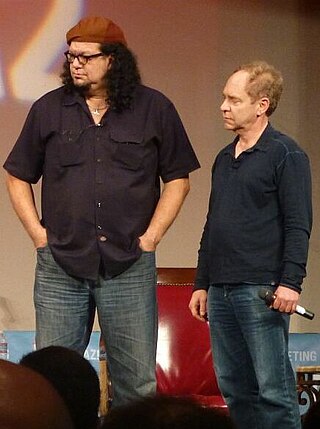
Penn & Teller, Penn Jillette and Teller, are American magicians, entertainers, and scientific skeptics who have performed together since the late 1970s. They are noted for their ongoing act that combines elements of comedy with magic.

The cups and balls is a performance of magic with innumerable adaptations. Street gambling variations performed by conmen were known as Bunco Booths. A typical cups and balls routine includes many of the most fundamental effects of magic: the balls can vanish, appear, transpose, reappear and transform. Basic skills, such as misdirection, manual dexterity, sleight of hand, and audience management are also essential to most cups and balls routines. As a result, mastery of the cups and balls is considered by many as the litmus test of a magician's skill with gimmick style tricks. Magician John Mulholland wrote that Harry Houdini had expressed the opinion that no one could be considered an accomplished magician until he had mastered the cups and balls. Professor Hoffman called the cups and balls "the groundwork of all legerdemain".
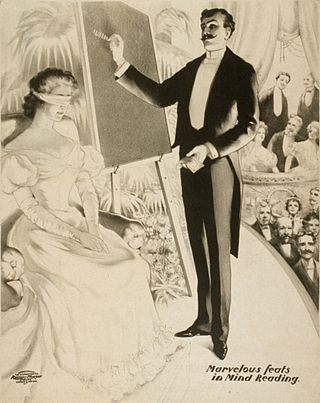
Mentalism is a performing art in which its practitioners, known as mentalists, appear to demonstrate highly developed mental or intuitive abilities. Performances may appear to include hypnosis, telepathy, clairvoyance, divination, precognition, psychokinesis, mediumship, mind control, memory feats, deduction, and rapid mathematics. Mentalists perform a theatrical act that includes special effects that may appear to employ psychic or supernatural forces but that are actually achieved by "ordinary conjuring means", natural human abilities, and an in-depth understanding of key principles from human psychology or other behavioral sciences.
The bullet catch is a stage magic illusion in which a magician appears to catch a bullet fired directly at them — often in the mouth, sometimes in the hand or sometimes caught with other items such as a dinner plate. The bullet catch may also be referred to as the bullet trick, defying the bullets or occasionally the gun trick.

Street magic falls into two genres; traditional street performance and guerrilla magic.
Exposure in magic refers to the practice of revealing the methods of magic tricks.
The Indian rope trick is a magic trick said to have been performed in and around India during the 19th century. Sometimes described as "the world’s greatest illusion", it reputedly involved a magician, a length of rope, and one or more boy assistants.
This timeline of magic is a history of the performing art from B.C. to the present.
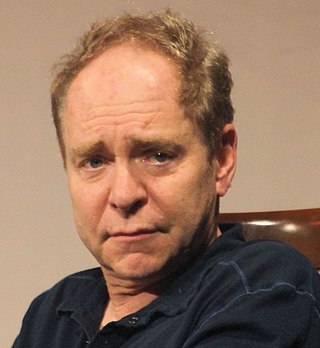
Teller is an American magician. He is half of the comedy magic duo Penn & Teller, along with Penn Jillette, and usually does not speak during performances. Teller, along with Jillette, is an H.L. Mencken Fellow at the Cato Institute.

Paul Gertner is an American close-up magician from Pittsburgh. He is best known in the magic world for his Steel and Silver book and set of DVDs.

Mac King is an American magician who has performed on television specials, often as a co-host. He has his own family-friendly show, "The Mac King Comedy Magic Show", at the Excalibur Hotel and Casino in the Thunderland Showroom, in Las Vegas, Nevada. King's show is currently the longest running one-man show in the history of Las Vegas.
Michael Carey Goudeau is a juggler and an ex-circus clown who graduated from the Ringling Bros. and Barnum & Bailey Clown College. He is a writer and was an executive producer for the Showtime series Penn & Teller: Bullshit!.
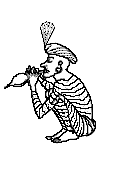
Stage or street magic has a long history in India. Popular tricks include the rope trick, Indian basket, and Indian cups and ball.
Romany, the Diva of Magic is a magician. She was featured on the cover of The Linking Ring magazine in August 2007. She was mentored by magician and teacher Jeff McBride, who was quoted as calling Romany "a British Bette Midler."

Magic, which encompasses the subgenres of illusion, stage magic, and close-up magic, among others, is a performing art in which audiences are entertained by tricks, effects, or illusions of seemingly impossible feats, using natural means. It is to be distinguished from paranormal magic which are effects claimed to be created through supernatural means. It is one of the oldest performing arts in the world.

Gary 'Gazzo' Osbourne is a British street magician. Osbourne moved to the US in the 1980s, where he befriended Walter Irving Scott, also known as The Phantom. He is Scott's only pupil and the only person with whom Scott entrusted his biography and life's work at card cheating and sleights.

Ishamuddin Khan is an Indian Madari magician who has performed the Indian rope trick and toured many countries in Europe and Asia.

Kostya Kimlat is a Ukrainian-American magician, motivational speaker, entrepreneur, and business consultant. With the use of magic tricks, Kimlat helps companies train employees. As a speaker, he lectures on the importance of perception in daily life through magic and sleight of hand.
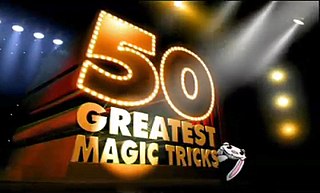
50 Greatest Magic Tricks is a one-off list show that was produced by Objective Productions for Channel 4. The programme counted down the fifty greatest magic tricks, as voted for by members of The Magic Circle. The illusion at number one was Death Saw by David Copperfield. The show was presented by British comedy duo Adam and Joe, who also wrote and narrated the programme. The show was first broadcast on Channel 4 on 6 May 2002.

Xavier Mortimer, is a French magician and variety performer. A winner of multiple awards, he has appeared on television shows Penn & Teller: Fool Us, America's Got Talent, Masters of Illusion, Plus Grand Cabaret du Monde, and The Next Great Magician on ITV. Mortimer lives in Las Vegas and performs his resident show at the Strat.
References
- ↑ "Wuqiao acrobatics: a world famous performing art CCTV News - CNTV English". Archived from the original on 2010-11-14.
- ↑ Luxor Gali-Gali (2007-12-18). "Gali Gali l'égyptien". Daily Motion. Retrieved 2008-01-08.[ permanent dead link ]